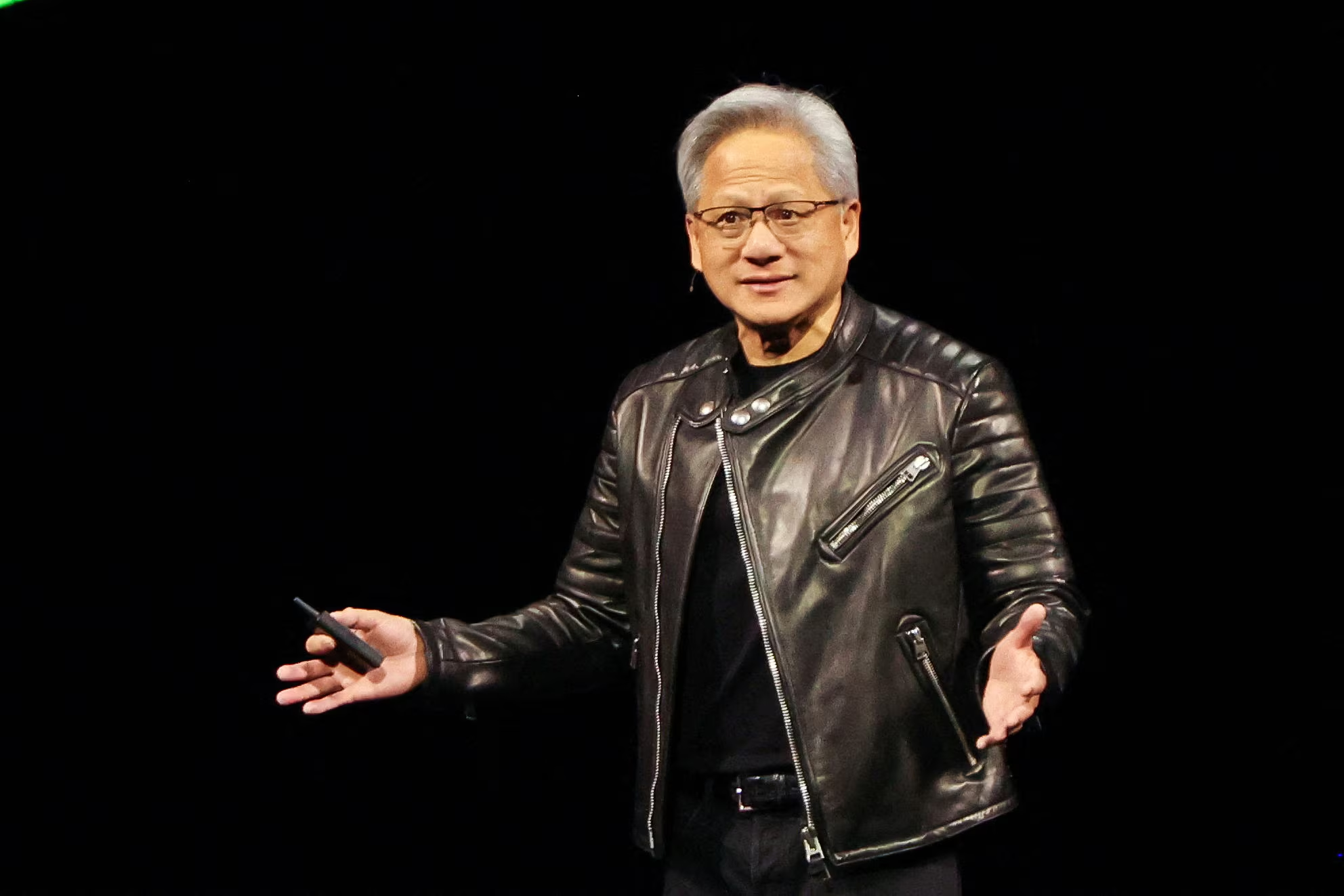Nvidia CEO Jensen Huang has confirmed that while co-packaged optics—a new energy-efficient chip technology—will be used in networking chips, it is not yet reliable enough for Nvidia’s flagship GPUs.
What is Co-Packaged Optics?
- This emerging technology replaces traditional copper cables with laser beams to transmit data via fiber optics.
- The technology offers faster data transfer and improved energy efficiency compared to copper-based connections.
Nvidia’s Use of Optical Chips
- Huang announced that co-packaged optics will be integrated into two new networking chips used in data center switches.
- These optical-based switch chips will be 3.5 times more energy efficient than previous models.
- Release Timeline: Later in 2025 and into 2026.
Why Not in GPUs?
Despite potential benefits, Huang stated that optical connections are not yet reliable enough for flagship GPUs:
- Copper connections remain “orders of magnitude” more reliable for direct chip-to-chip communication.
- Mass AI infrastructure investments require stability, making Nvidia hesitant to adopt unproven technology.
“That’s not worth it. We keep playing with that equation. Copper is far better,” Huang told journalists.
Scaling AI Computing Power
- AI computing requires massive data movement between chips.
- Nvidia’s current flagship AI server has 72 GPUs, consuming 120 kilowatts of power and needing liquid cooling.
- The next-generation server (2027) will feature hundreds of Vera Rubin Ultra Chips, consuming 600 kilowatts of power.
The Future of Optical Chips
- Huang acknowledged that co-packaged optics may become inevitable as AI computing scales further.
- Startups like Ayar Labs, Lightmatter, and Celestial AI, some backed by Nvidia, are working on improving the reliability and cost-effectiveness of this technology.
- Mark Wade, CEO of Ayar Labs, believes optics will eventually replace copper:
“Optics is the only technology that gets you off of that train.”
Key Takeaways
- Nvidia is adopting optical technology in networking chips but sticking with copper for GPUs.
- Scaling AI requires solving power and cooling challenges, making optical chips a possible future solution.
- Industry experts predict a shift to optics by 2028 or later, once reliability and cost improve.
Would you like insights into how Nvidia’s AI hardware roadmap compares to competitors like AMD or Intel? 🚀



